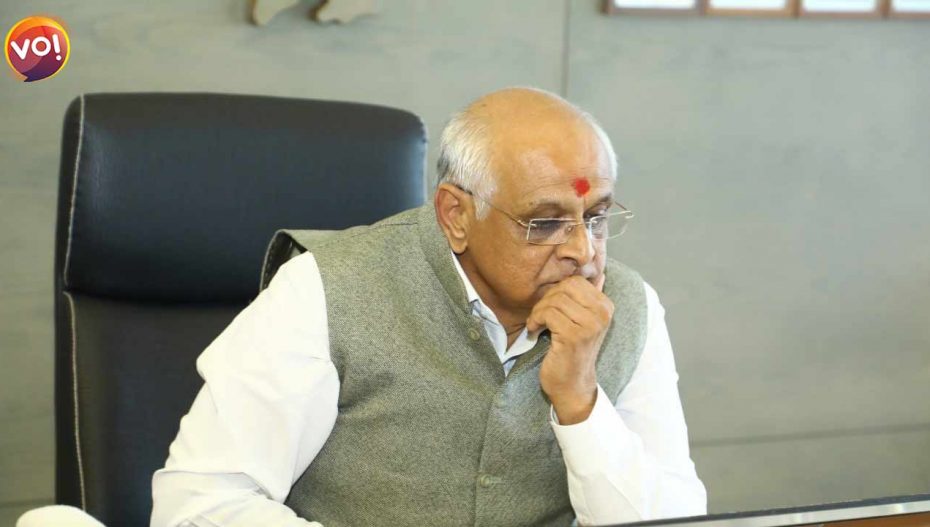Gujarat has received more than 45% of the season’s rains within the first 15 days of this year’s monsoon season. However, the State administration has already begun taking prompt measures to conduct rescue and relief operations throughout the impacted districts. Chief Minister Bhupendra Patel also paid visits to the various flood-affected areas and did prompt surveillance as well.
“My government has responded quickly, restricting damage to life and property. There are 18 NDRF teams deployed across the state. To add, 18 SDRF platoons have also been deployed in Gujarat. A total of 8 teams (NDRF and SDRF) are reserved. More than 33,000 people have been shifted to safer locations,” said Chief Minister Bhupendra Patel.
Up till now, a significant downpour has caused power supply issues in 5150 residential settlements. The CM Bhupendra Patel has promised support for 156 municipalities totaling Rs. 17.1 crores for sanitation, solid waste management, etc. The state administration uses social media to quickly alert the public about blockages, emergency hotlines, and Gujarat’s monsoon patterns.
The Minister of Revenue and Disaster Management Rajendra Trivedi chaired a review meeting at the State Emergency Operation Center, Gandhinagar on Tuesday, in lieu of the ongoing monsoon menace in the state. Trivedi stated that “so far a total of 39,177 citizens have been evacuated to safe places by the state administration, out of which a total of 17,394 citizens have returned to their homes while 21,243 citizens are taking shelter in various shelters, who are being provided with adequate food by the administration. Eight districts of the state are still on red alert”.
He also mentioned that since July 7 there have been 43 reported fatalities in the state, with lightning strikes being the primary cause of the majority of them. In addition, 477 animal deaths have been documented. 148 village routes, out of the 14,610 ST bus routes that go through the state’s communities, have been shut down for safety reasons. The power supply was also interrupted in 5,467 villages out of more than 18,000 communities, and it has since been restored in 5,426 villages.
More than 44,36,980 hectares of land have been planted with Kharif crops by farmers at the same time, or more than 50% of the available space for these crops. Nearly half of the water in all significant dams has been released. 48% of the water in the Sardar Sarovar Dam has been released.
The average rainfall for the first 14 days of July this year is 397.02 mm, more than twice as much as it was in the same period last year (155.92 mm). The state average is 850 millimeters. It’s interesting to notice that 20 talukas received 50% of the total rainfall for July in just 3 days, from July 8 to July 11, 2022. More than 50 mm of rain has fallen in each taluka so far. For the first time in ten years, Gujarat had such a deluge in July.
Also read: Heavy Downpour In Navsari, City Gets Flooded By Rising Water Levels Of Rivers Nearby










